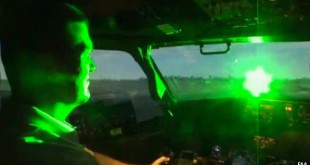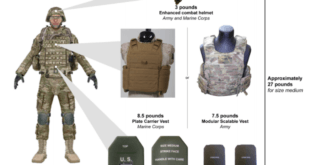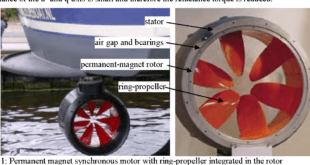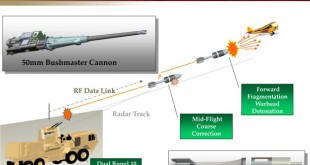The world’s shipping industry is experiencing strong growth, which is expected to continue. Ships are getting larger and faster, sea-lanes are becoming more crowded, and crews are increasingly relying on electronic navigation systems to operate in this environment . The newly proposed concept of e-Navigation will improve safety, security, and …
Read More »Race to develop Deepsea manned Submersibles for mineral exploration and Naval Surveillance
The mineral scarcity and rising prices of gold, copper and rare earth minerals is creating great interest among many nations for deep ocean mineral mining. The oceans, which cover seventy percent of our earth’s surface are believed to be able to satisfy our need of minerals like gold, copper, silver, …
Read More »Antennas breakthroughs enabling IoT, 5G, WiFi, Wearables, Military communications, radar, and electronic warfare.
Antennas are our electronic eyes and ears on the world. They play a very important role in mobile networks, satellite communications system, military communications, radars and electronic warfare by transforming a Radiofrequency ( RF) signal, traveling on a conductor, into an electromagnetic wave in free space and vice versa. The …
Read More »Brazilian regional military and economic power in South America giving boost to its defense industry
Brazil is the largest and most important nation in South America, with 35 percent of its total population, 47 percent of its total size, and nearly half of its total GDP. It is the largest and most populous country in the continent; and it benefits from a favourable geographic position, …
Read More »DARPA AI Next pioneering AI technologies which are explainable, secure, resiliant and with common sense reasoning.
Traditionally, we have designed machines to handle well-defined, high-volume or high-speed tasks, freeing humans to focus on problems of ever-increasing complexity. In the 1950s and 1960s, early computers were automating tedious or laborious tasks. It was during this era that scientists realized it was possible to simulate human intelligence and …
Read More »Militaries looking for anti-laser weapon defences as laser DEW threats to airline pilots, soldiers and military vehicles is rising
Laser attacks targeting pilots and air crews are a major concern across the world with most attacks reported to take place during take-off and landing. According to figures from the US Federal Aviation Authority, there were 6,753 laser illuminations reported in 2017. Until recently, the expense of lasers had limited their use …
Read More »Rising conflicts and terrorist threats driving large growth in Military Personal Protective Equipment (PPE)
Personal protective equipment (PPE) includes items that must be worn in combat and in training. Military personal protective equipment has become a crucial and standard element of soldier equipment. Increasing awareness about safety and security of military personals along with initiative by government in procurement of personal protective wears is …
Read More »Propulsion motors are enabling stealthy warships and submarines propelled with an electric propulsion system
Navies of various countries have announced making their warships and submarines propelled with an electric propulsion system. Instead of driving the ship’s propellers directly, diesel engines turn electric generators, which in turn power electric motors that drive the propellers. This arrangement enables diesels to be placed away from the shafts and …
Read More »Air Force testing tactical data links gateway for communications between F-22 and F-35 aircraft enabling Network centric systems
NCW is theory of warfare in the information age which hypothesizes that forces which are networked will outperform forces that are not. NCW is an ‘integration of sensors, decision-makers, weapons platforms and support capabilities to enable agility’ providing ‘interoperability and collaboration within and between services’. According to U.S. Defense …
Read More »Countries upgrading Counter Rocket, Artillery, and Mortar systems to counter threats like drones, helicopters, fixed-wing aircraft and cruise missiles
As the threat for Rocket, Artillery, and Mortar (RAM) increases around the world, the need for a system to detect and alert Soldiers of incoming rounds for military locations becomes vital to mission success and force survivability. Military installations such as forward operating bases are vulnerable to rocket, artillery and …
Read More » International Defense Security & Technology Your trusted Source for News, Research and Analysis
International Defense Security & Technology Your trusted Source for News, Research and Analysis









